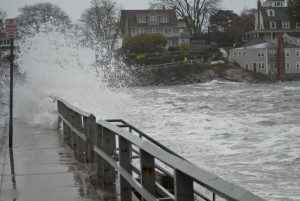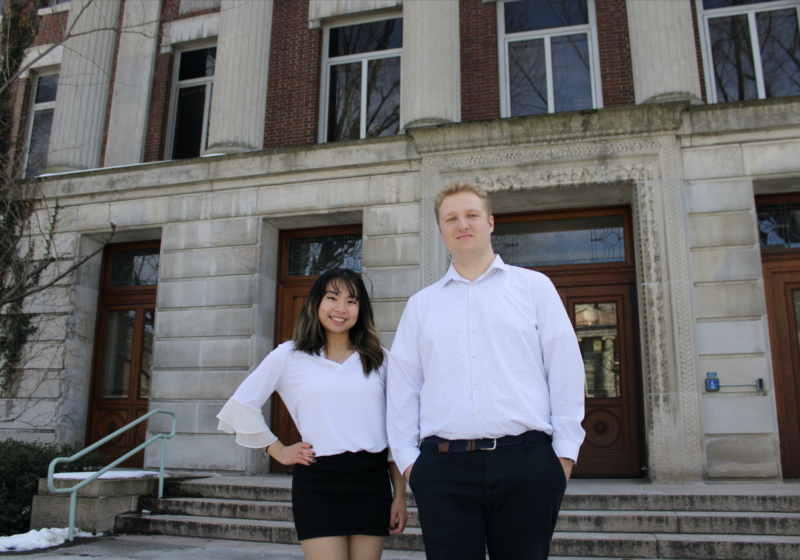
Courtesy of solarfeeds.com
Hurricane Sandy, which devastated the East Coast last week, is one for the record books, with waves as high as 13 feet, winds up to 90 miles per hour and snow up to 30 inches in some places. Millions of people remained without power for days, and many were displaced from their homes. Now, amid all of the recovery efforts that are underway, many scientists are questioning the cause of the massive storm and whether Sandy could have happened, say, 20 years ago.
Astrophysics Professor Adam Frank is among them.
In a recent interview with National Public Radio (NPR), Frank said that by “pushing our climate into a different domain, we’re going to expect the frequency of extreme events to change.”
Climate change in this regard refers to the recent increase in global temperatures caused by the increased levels of carbon dioxide (CO2) in our atmosphere that trap in heat, according to Frank.
The scientific community, however, is not yet ready to fully attribute the strength of Hurricane Sandy to climate change.
Globally, scientists agree that temperatures are on the rise, and the magnitude of storms have also increased. But, as Frank describes it, “it doesn’t mean that with a storm, like with hurricanes, that it’s not happening or changing [in] intensity because of climate change. It just means that the science there is more complex.”
Earth and Environmental Sciences Professor John Kessler agreed with Frank.
“It is incredibly difficult to match one specific storm to climate change, but most climate change models predict an increase in the frequency of severe storms,” he said.
He also predicted that “as the observations begin to match that mathematical prediction, further support is given to that explanation.”
There were a few known environmental factors that may have contributed to the strength of Hurricane Sandy. One of these was the increased surface temperature of the Atlantic Ocean prior to Sandy’s appearance. The temperature was five degrees higher than average for this time of year. Scientists agree that this had an effect on the strength of the storm, as well as human CO2 emissions, which have been contributing to the increase in ocean temperatures since the 1970s.
Frank believes that it is difficult to attribute the strength of Hurricane Sandy to human CO2 emissions because of the lack of past data; the technology for tracking hurricanes has only been available since the 1970s. It is simply possible that the increase in temperatures is in a natural state of flux and has no link to human CO2 emissions.
Scientists may never be able to fully attribute the increasing strength of the world’s hurricanes to human CO2 emissions and, as Frank stated, scientists, because of the nature of their profession, “are not going to put money down that [Hurricane Sandy] was caused by climate change.”
Sanguinetti is a member of the class of 2014.





